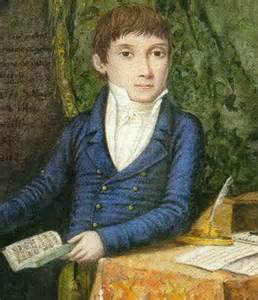Venetian artist's career has spanned 50 years
 |
| Patty Pravo depicted in a magazine publicity photograph from around 1970 |
Pravo has recorded 27 albums and 52 singles, selling more than 110 million records, making her the third biggest selling Italian artist of all time. Her latest album, Eccomi, was released in February of this year following her ninth appearance at the Sanremo Music Festival and she is currently on tour, taking a day off in between appearances in Bari last night and Rome tomorrow.
Born Nicoletta Strambelli on April 9, 1948 in Venice, she grew up in an intellectual environment. Family friends included Cardinal Angelo Roncalli - the future Pope John XXIII - the actor Cesco Baseggio, the soprano Toti dal Monte and the American poet Ezra Pound, who lived in Venice and would take the young Nicoletta for walks and buy her ice cream. She would spend time too at the house of Peggy Guggenheim, the American socialite and art collector.
Her parents enrolled her to study music at the Conservatory Institute of Benedetto Marcello from the age of 10 but by the time she was 16 she had left Venice for London, lured by what she had heard about the rapidly evolving pop culture. It was there that she learned about a similarly exciting scene taking hold in Rome, and in particular about a nightclub called Piper, which was where she was to make her name.
Initially taken on by the Piper as a dancer, she was asked by the club's owner, Alberigo Crocetta, if she could also sing and legend has it that he needed only to hear her voice once to recognise her potential. He introduced her to RCA records, for whom in 1966 she recorded Ragazzo Triste, an Italian cover of the Sonny and Cher song But You're Mine. It was an immediate success and was even played on Vatican Radio, who had never previously aired a pop song.
Now performing under her stage name - she chose Patty because it was a popular American first name and Pravo because it meant 'wicked' - the next two decades were enormously successful. Her long blond hair and natural beauty gave her a photogenic appeal and she became the feminine symbol of the Italian beat scene.
 |
| The cover of Patty Pravo's latest album, Eccomi |
Pravo changed her musical direction somewhat in the 70s, reportedly feeling trapped by her image as "la ragazza del Piper" - the girl from the Piper club - but struck gold again with the song Pazza idea, which gave her a second Italian number one single.
The 80s and early 90s were less successful. Her popularity at home declined when she moved to America, especially after she took the decision to pose nude for Playboy magazine, and on her return to Italy she was enveloped in a number of scandals. She was accused of plagiarism over a song she performed at Sanremo in 1987 and in 1992 was arrested on suspicion of possessing hashish.
But she made a triumphant return to Sanremo in 1997 when her song ...e dimmi che non vuoi morire (...and Tell Me You Don't Want to Die) won the acclaim of the critics and peaked at number two in the Italian charts.
In a recent interview, she insisted she has no plans to retire. "As long as my health is right, I don't really care how old I am," she said.
Travel tip:
The Piper Club is often described as Rome's equivalent of Studio 54 in New York, a venue that during its peak years was unrivalled as the place to go for those who wanted to be seen and photographed. Located in Via Tagliamento in the Trieste district, an area popular with students and young professionals, it is still in business today and is popular for themed party nights on Fridays with a resident DJ in action on Saturdays.
 |
| The Peggy Guggenheim Collection is located in a museum on the Grand Canal in Venice (Photo: G Lanting CC BY 3.0) |
Peggy Guggenheim died in 1979 but her legacy to Venice remains in the collection of modern art she accumulated, much of which is on display at the Peggy Guggenheim Collection, a museum located on the Grand Canal in the Dorsoduro district, which is open to the public from 10am to 6pm.
More reading:
Ligabue - record-breaking rock star
Little Tony - 60s pop star inspired by Little Richard
How bass guitarist Pino Presti became one of the most important figures in the Italian music business
Also on this day:
1454: The Treaty of Lodi ends fighting in northern Italy
1933: The birth of the great character actor Gian Maria Volonté
Home









